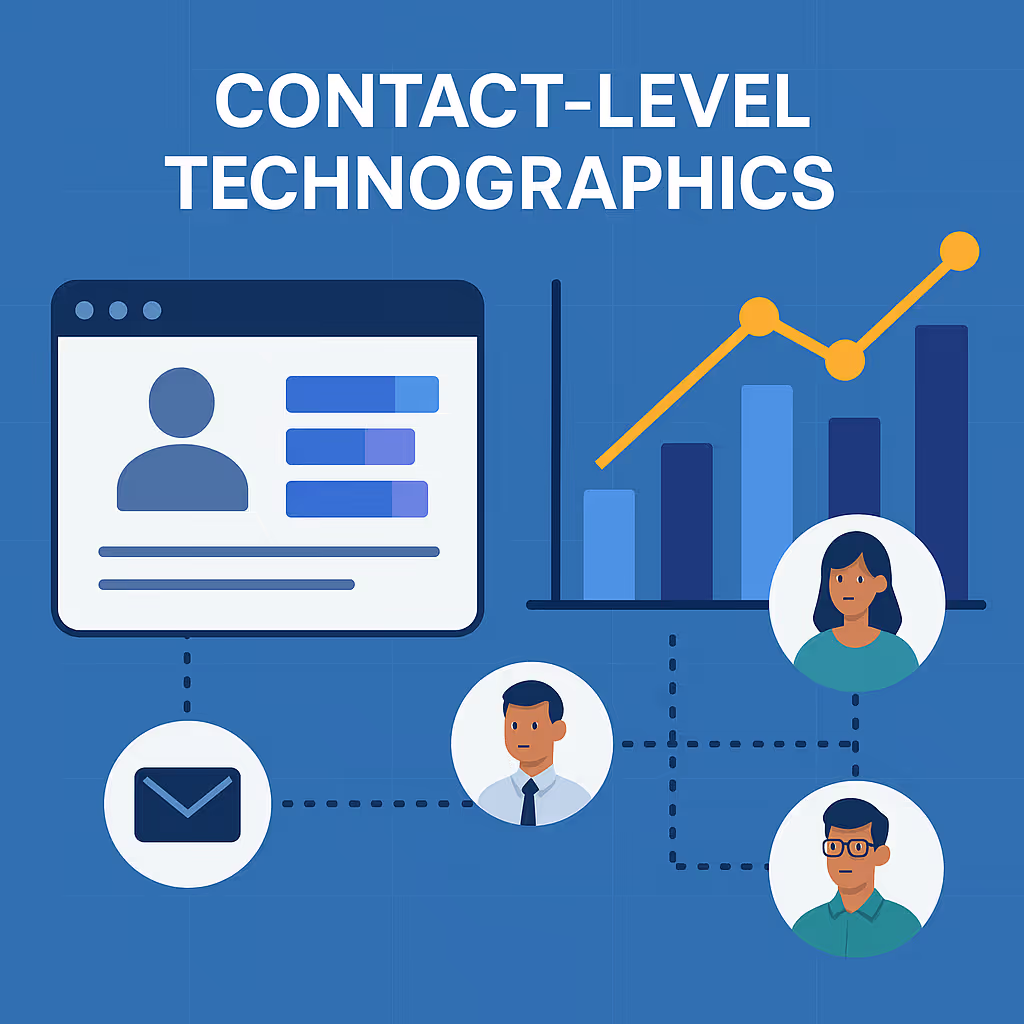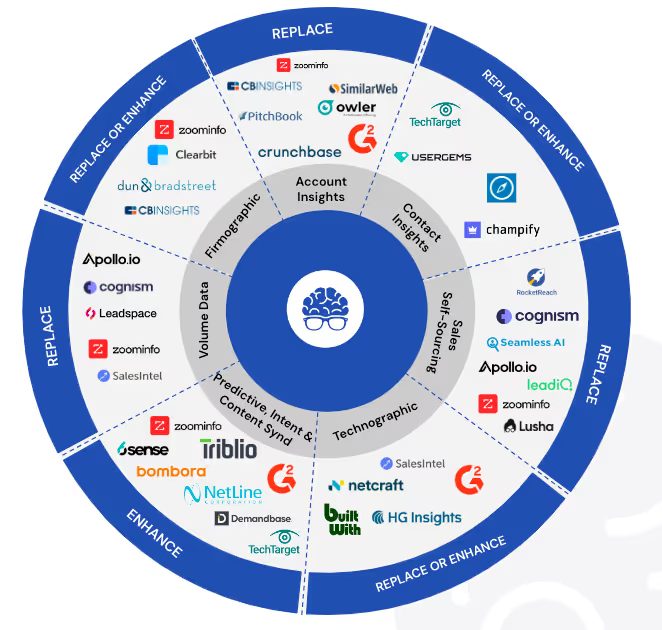Data vendor consolidation is a critical process for organizations looking to streamline their data operations, optimize costs, and enhance data quality. Here's a comprehensive 10-step guide tailored for data operations teams:
1. Conduct a Comprehensive Data Audit
- Objective: Assess current data assets and usage.
- Action Steps: Catalog all existing data sources and vendors. Evaluate how each data set is utilized across different departments, focusing on usage frequency, relevance, and value.
2. Identify Redundancies and Gaps
- Objective: Pinpoint overlapping data sets and areas lacking adequate data.
- Action Steps: Analyze the audit results to identify redundant data sources and areas where data is insufficient or missing.
3. Build a Data Consolidation Wishlist
- Objective: Establish what ideal data vendor relationships look like.
- Action Steps: Based on the audit, create a wishlist that includes desired data types, quality standards, delivery frequencies, and compliance needs.
4. Align Sales and Marketing Use Cases
- Objective: Ensure data meets the specific needs of key departments.
- Action Steps: Work with sales and marketing leaders to understand their data needs, focusing on customer insights, market trends, and lead generation requirements.
5. Evaluate Data Quality and Relevance
- Objective: Assess the quality and applicability of current data sets.
- Action Steps: Review data accuracy, timeliness, completeness, and relevance to current business objectives.
6. Measure Overlapping Data Sets
- Objective: Identify and eliminate duplicate data sources.
- Action Steps: Utilize data mapping tools to visualize overlaps. Determine which data sources provide unique value and which can be consolidated or phased out.
7. Review and Shortlist New Vendors
- Objective: Explore potential new data vendors to fill gaps.
- Action Steps: Based on the wishlist and identified gaps, research and create a shortlist of potential new vendors. Evaluate them based on quality, cost, and compliance with data privacy regulations.
8. Explore AI and Advanced Analytics Tools
- Objective: Leverage technology to enhance data processing and insights.
- Action Steps: Investigate AI and machine learning tools for advanced data analytics, predictive modeling, and automation opportunities.
9. Implement Data Governance Policies
- Objective: Ensure data integrity and compliance.
- Action Steps: Establish robust data governance frameworks. Define roles, responsibilities, data standards, and compliance protocols, especially concerning GDPR, CCPA, and other relevant regulations.
10. Monitor and Iterate
- Objective: Continuously improve the data vendor ecosystem.
- Action Steps: Regularly review data vendor performance, cost-effectiveness, and alignment with business goals. Stay agile and ready to adapt the consolidation strategy as business needs evolve.
Conclusion
Executing data vendor consolidation is a multifaceted process that requires careful planning, coordination across departments, and ongoing monitoring. By following these steps, data ops teams can build a streamlined, efficient, and cost-effective data vendor ecosystem that powerfully supports their organization's goals.




